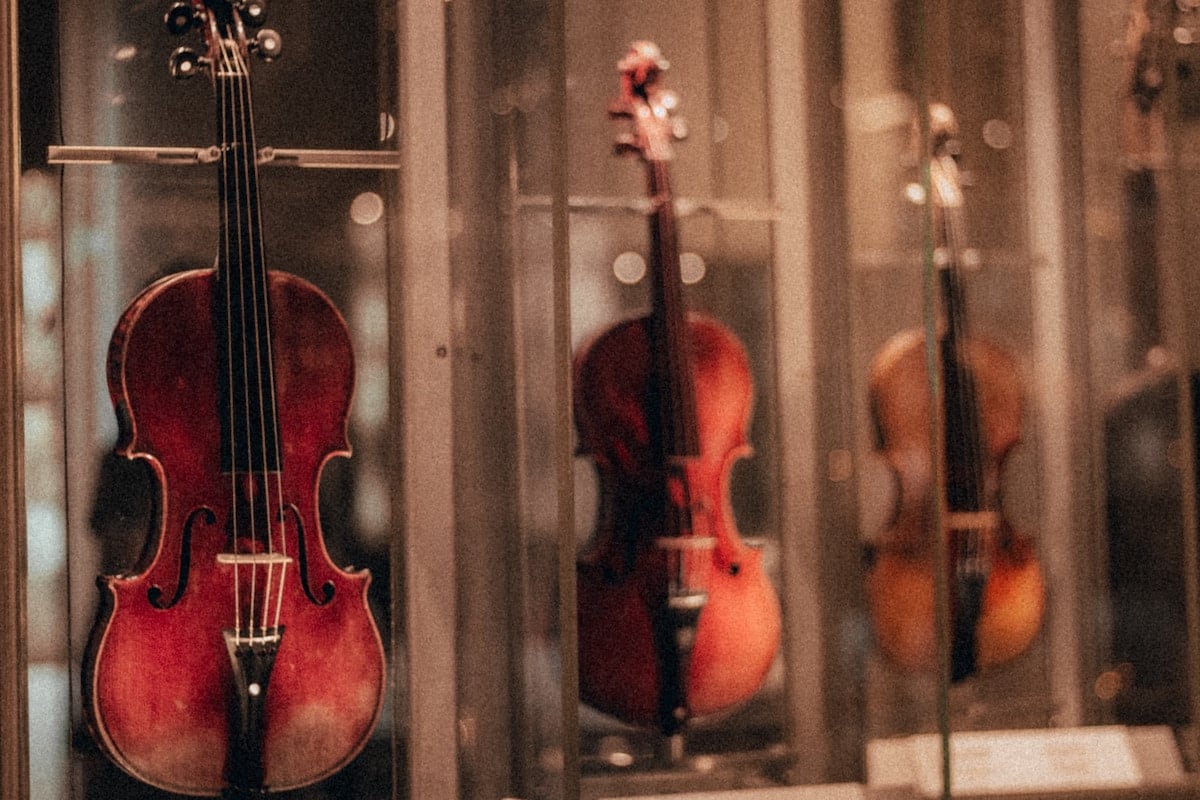Choosing a valuable violin can be a daunting task, especially when it comes to deciding whether to purchase a vintage or modern instrument. While some prefer the rich and nuanced sound of an antique violin, others opt for the bright and clear tones of newer models.
In this blog post, we will explore the pros and cons of vintage and modern violins or viola instruments for sale so that you can make an informed decision on your next investment.
Vintage Violins
A common misconception is that all old violins are valuable, but this isn’t always true. Antique instruments come in varying degrees of quality based on age, maker reputation, originality, condition, playability, and popularity amongst performers & collectors. Here are some factors to consider when evaluating vintage violins:
Age: Aged instruments may offer tonal depth that is hard to find in younger models but may also have structural issues due to their fragility with age plus environmental circumstances. Antique viola instruments often produce the sweetest sounds.
Maker Reputation: The value of many antique violins is largely dependent on who made them because there were certain periods (e.g., Stradivari) known as ‘Golden Eras,’ during which expert makers lived in Europe creating high-end instruments now held by museums or private owners.
Originality: Any change from the original design reduces its value as these disappear into other collections. Hence, those with authenticity fare better than refurbished pieces without real recognition.
Conditioning at Present: While some violins sold today have poor cosmetic conditions compared to back then, this allows bargains. Other features, such as bridge placement adjustments like tailpieces, adjusted dimensions, minimized repairs, recent tone-optimization work, etc., increase value & potential performance levels.
Playability: Just like cars need maintenance every few thousand miles traveled, regular playing improves one’s sense of judgment whether their violins need repairing or not. Therefore, classical music players recognize the vital importance of putting wooden resonators (in this case, violins) to active use. So it’s necessary to observe any playability issues like faulty fingerboards or bridges.
Popularity amongst Performers & Collectors: Last but not least, some distinguished musicians and collectors may establish significant value for a particular instrument because of its inherent uniqueness among others required during performances.
It is important for a potential buyer to verify as much information as possible about an antique violin before committing a considerable cash amount for investment. The skill level one possesses at playing violin also depends on one’s preferred choice, whether newer models provide easier than vintage ones, which are sometimes more complex due to tonal range difference from strings that have worn down over time, meaning hardship with intonation compared to the performance expected from novices.
Modern Violins
A modern instrument was created after the 1900s. Therefore, this term could refer to any recently made design. When considering investing in a new model violin, below are some benefits;
Precision Creation: With materials varying sufficiently depending on the desired outcome (i.e., brighter vs. warmer tones), makers apply comprehension of acoustics plus computer technology adjustment to ensure each detail works toward preference easily. For example, special resins, common base oil refinements, and even lasers reduce natural insertion variations when crafting sounding parts, achieving tweaks. So it is important to take advice from technicians for creating precision in modern-day violins.
Easier Playability: The player will benefit greatly from choosing modern model violins made using contemporary techniques as they provide high-quality performance without requiring intense practice sessions just to keep the playback sound feasible
Greater Durability: Newer models often last longer, standing up considerably better against physical wear and extended usage periods.
Warranty and Support: The manufacturer comes together with the purchaser, creating positive win-win situations where if anything goes wrong with customer service, it is taken seriously, i.e., replacement, broken ends, etc.
Value Appreciation Potential: While most modern instruments don’t appreciate in value over time, quite like antiques or vintage ones that are well-regarded by collectors, certain models may see an increase in value based on their maker reputation and popularity amongst musicians.
Conclusion
Ultimately, the choice between a vintage or modern violin for sale should be informed by personal taste and budget constraints. While some players prefer the rich history associated with antique instruments, others opt for newer models boasting better playability, sound quality, and durability.
If you have little experience purchasing violins, seek guidance from experts before making your final decision, helping to avoid possible pitfalls regarding investments leading to losses over time.


